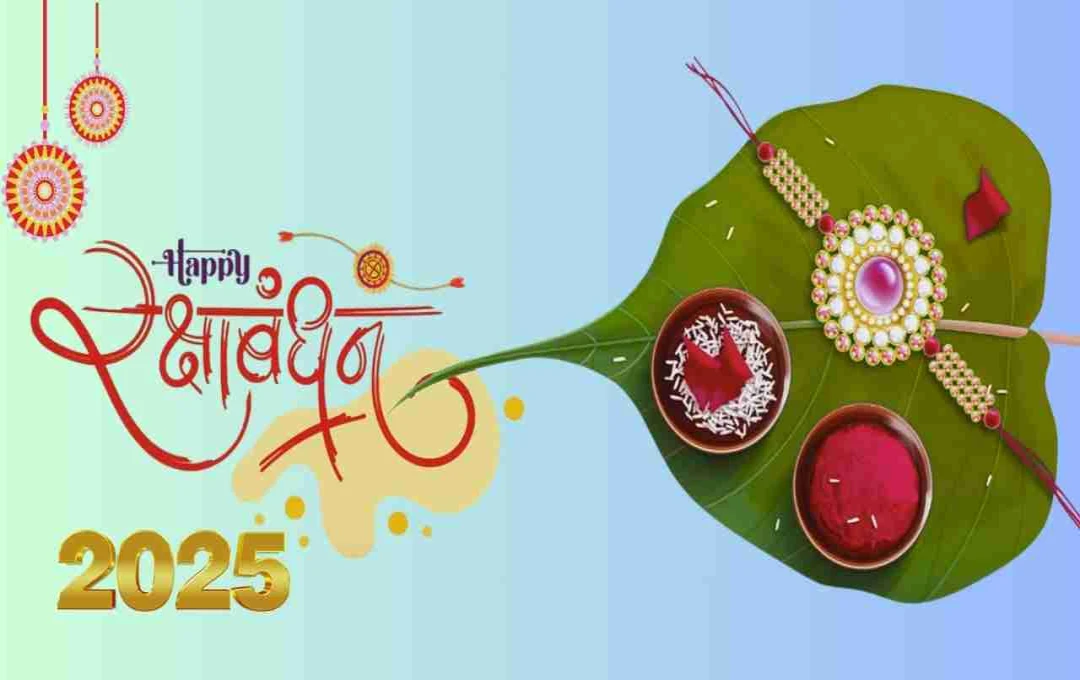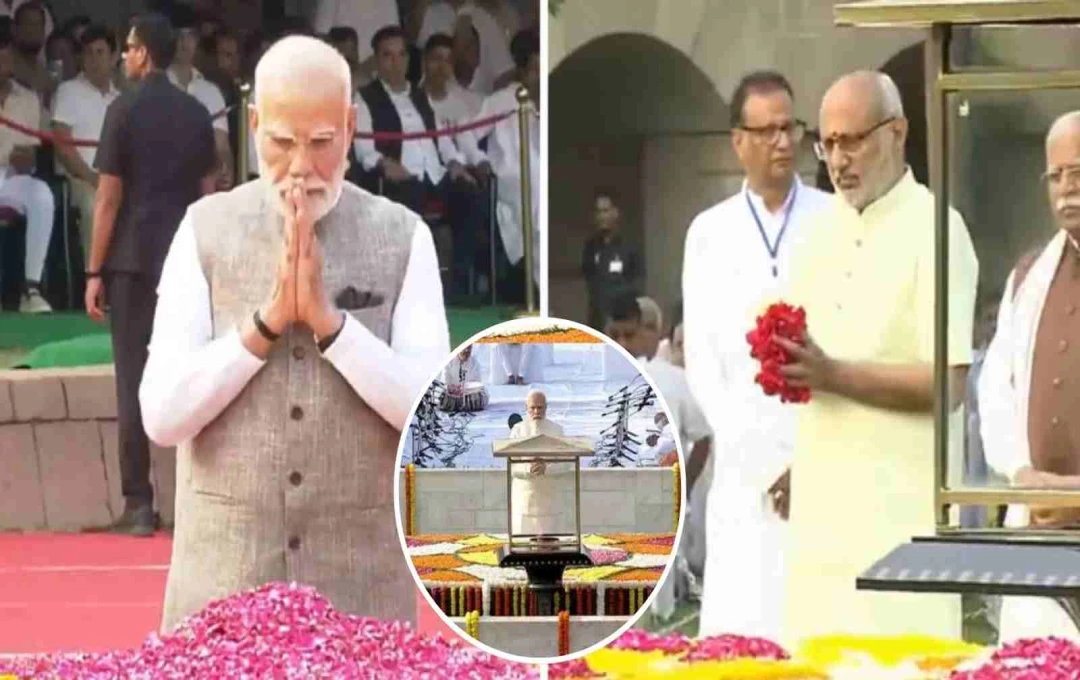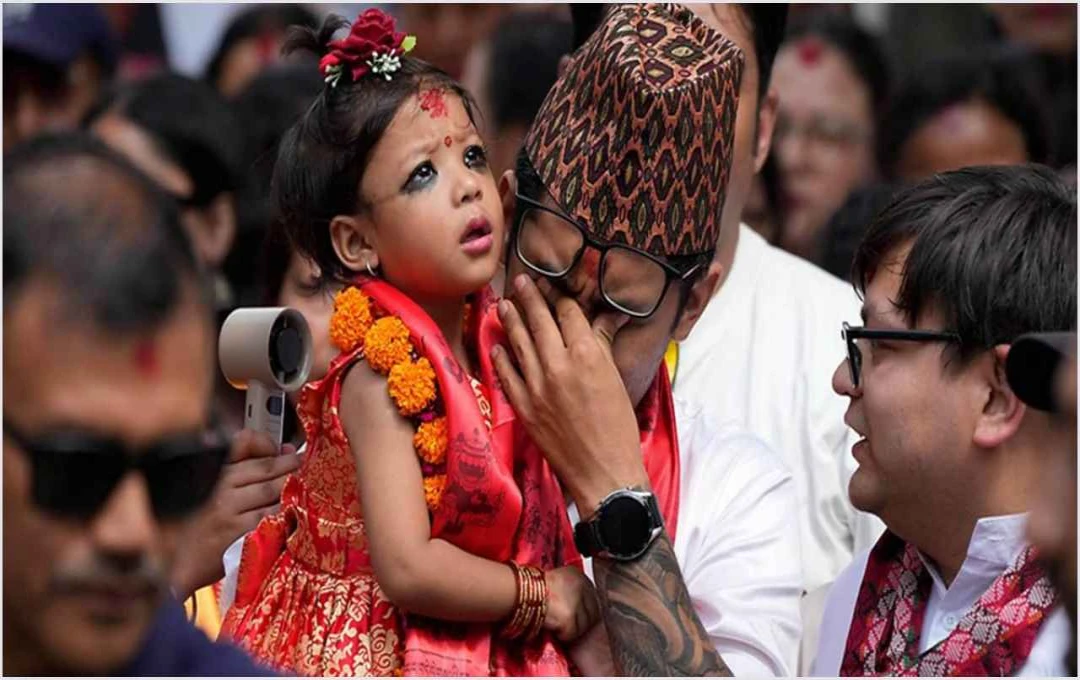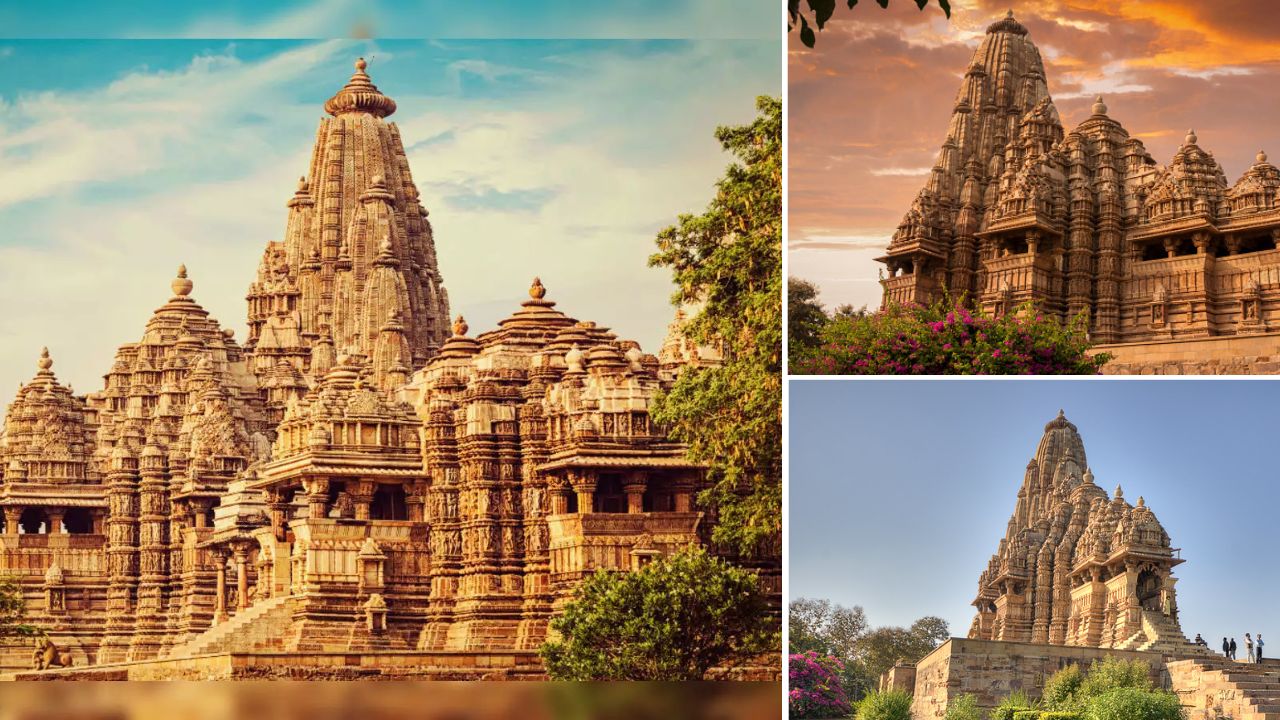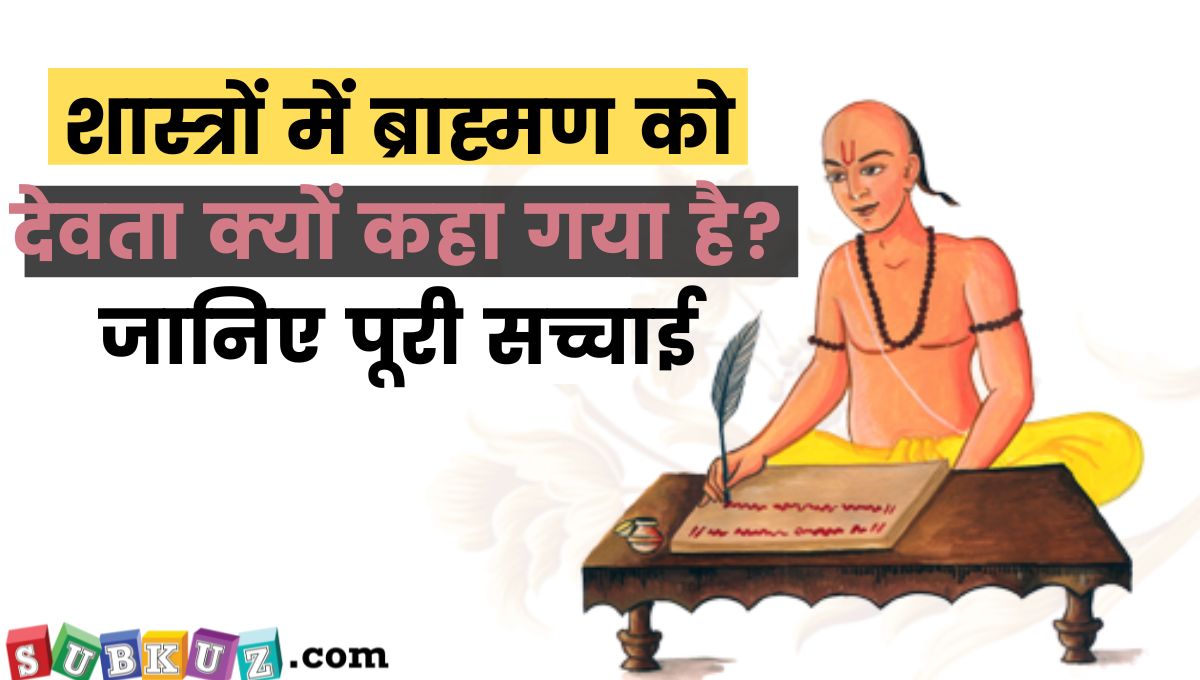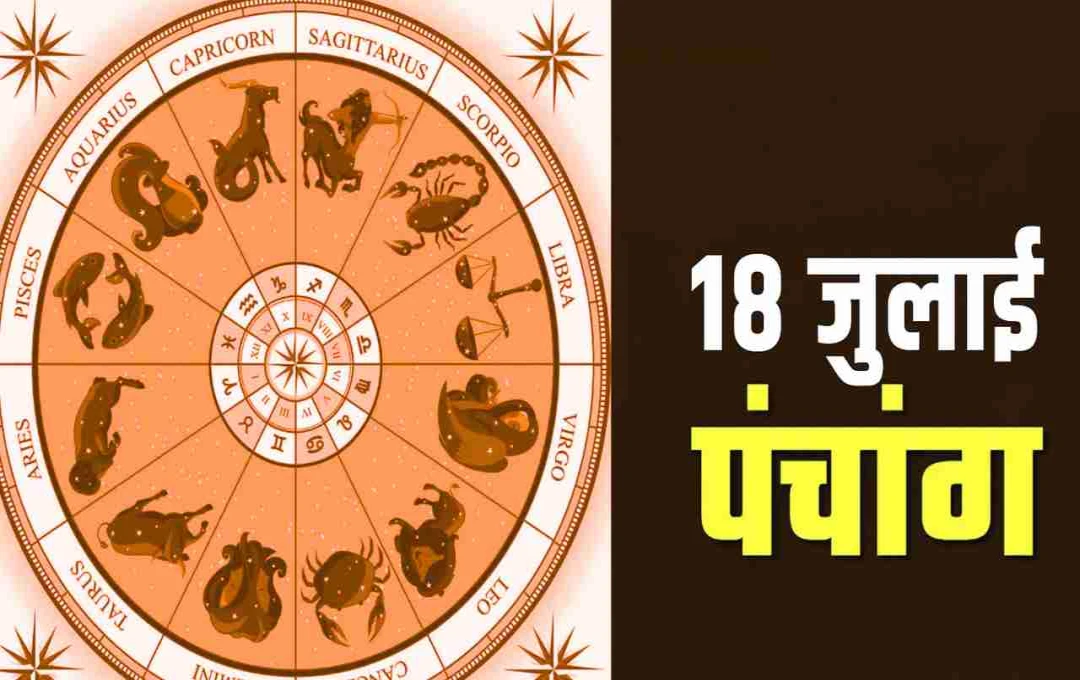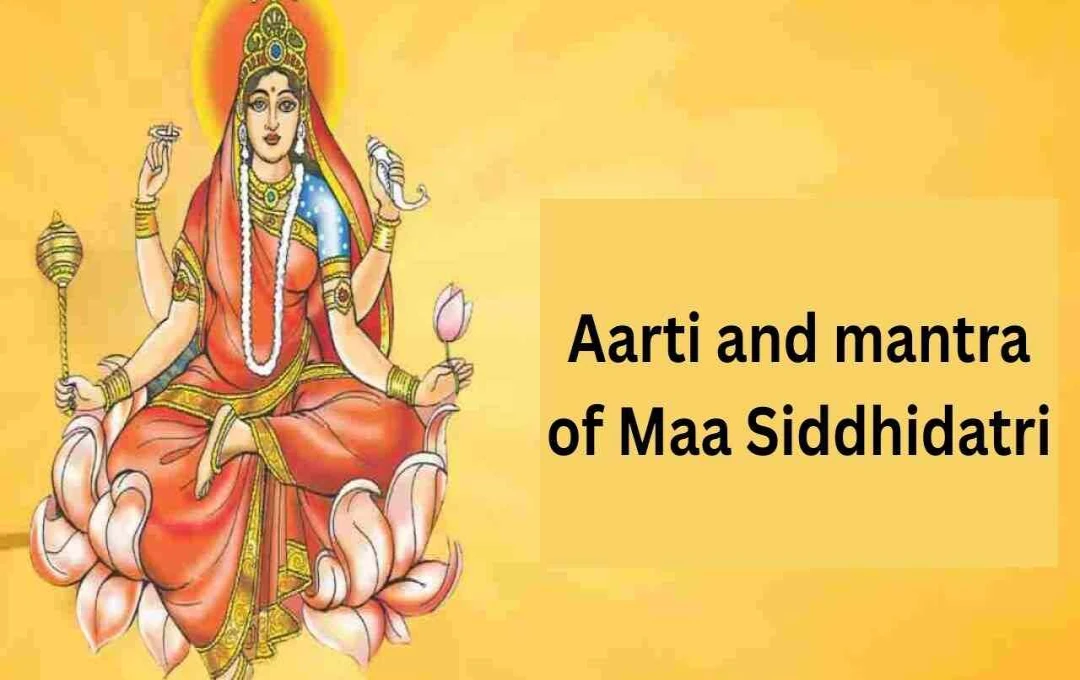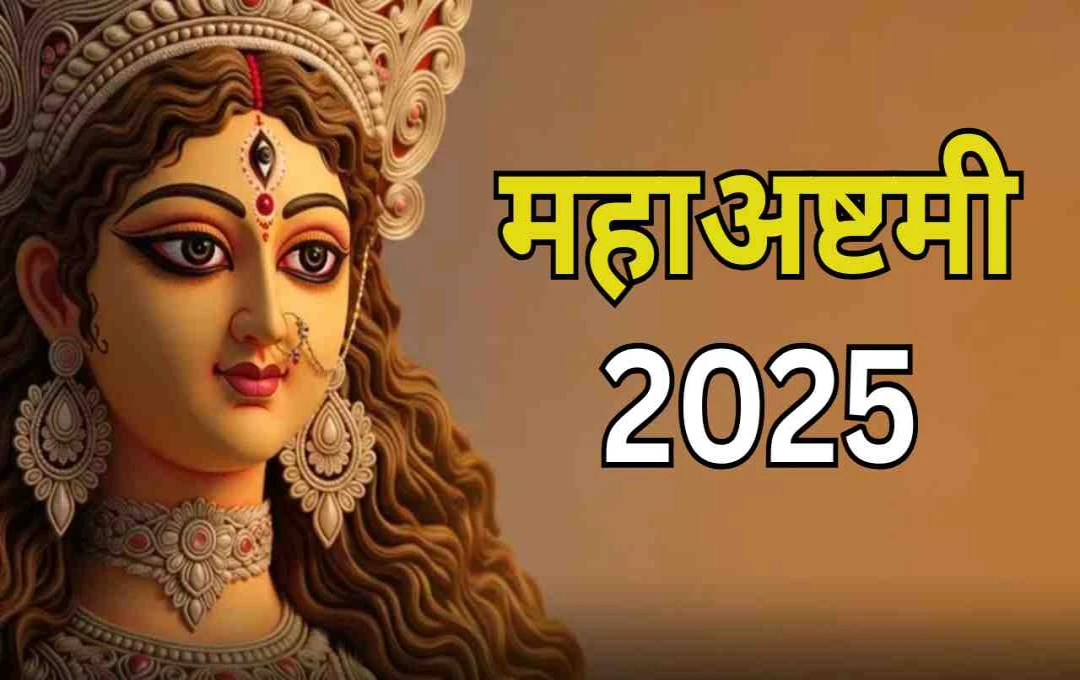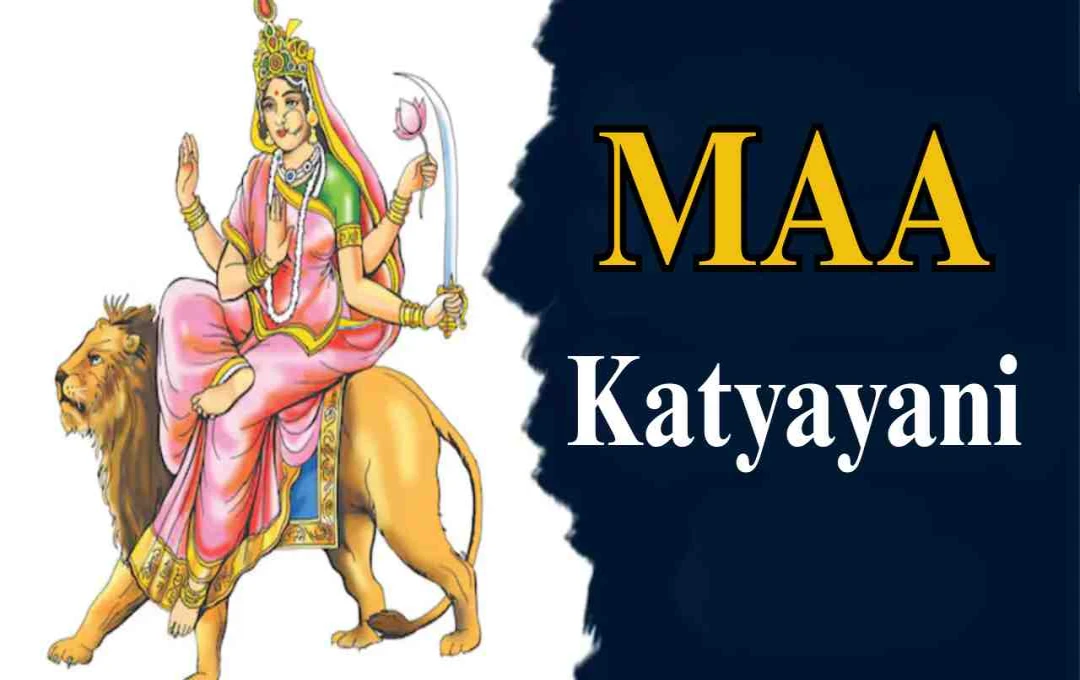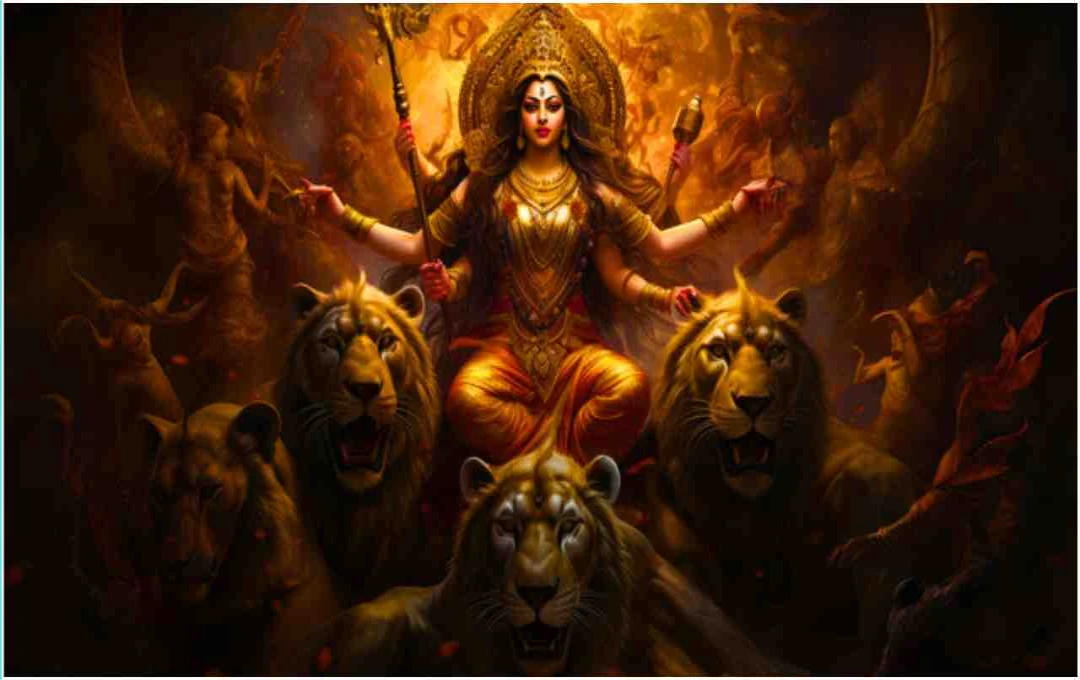Raksha Bandhan, celebrated on the full moon day of the Shravan month, is not just a festival in Indian culture; it is a symbol of protection, trust, and selfless love. On this day, sisters tie a protective thread on their brother's wrist, wishing for his long life, prosperity, and safety, while the brother vows to protect his sister throughout his life. From ancient scriptures to modern society, this festival has become a bridge connecting Vedic rituals, spiritual sentiments, and family togetherness.
Raksha Bandhan 2025 Dates - When is Rakhi?
According to the Hindu calendar, the full moon day of the Shravan (Sawan) month this year is on:
- Commencement: August 8, Friday - 2:12 PM
- Completion: August 9, Saturday - 1:21 PM
Considering the principle of Udaya Tithi (the time of sunrise), the festival is always celebrated on the day when the sunrise occurs. Therefore, the confirmed date for Raksha Bandhan 2025 is August 9 (Saturday). On this day, sisters will tie Rakhi to their brothers with the appropriate rituals and offer their best wishes.
Position of Bhadra Kaal - No Need to Worry
Bhadra Devi is generally considered inauspicious for auspicious events. During the Bhadra Kaal, performing the sacred thread ceremony (Yagyopaveet), weddings, mundan (tonsure) – and tying Rakhi as well – are prohibited in the scriptures. This year, the time of Bhadra is:
- Commencement: August 8, 2:12 PM
- Completion: August 9, 1:52 AM
Since Bhadra will have completely ended by the time of sunrise on August 9, there will be no shadow of Bhadra Dosh on Raksha Bandhan. Sisters can tie Rakhi during the auspicious time without any worries.
Auspicious Time for Tying Rakhi
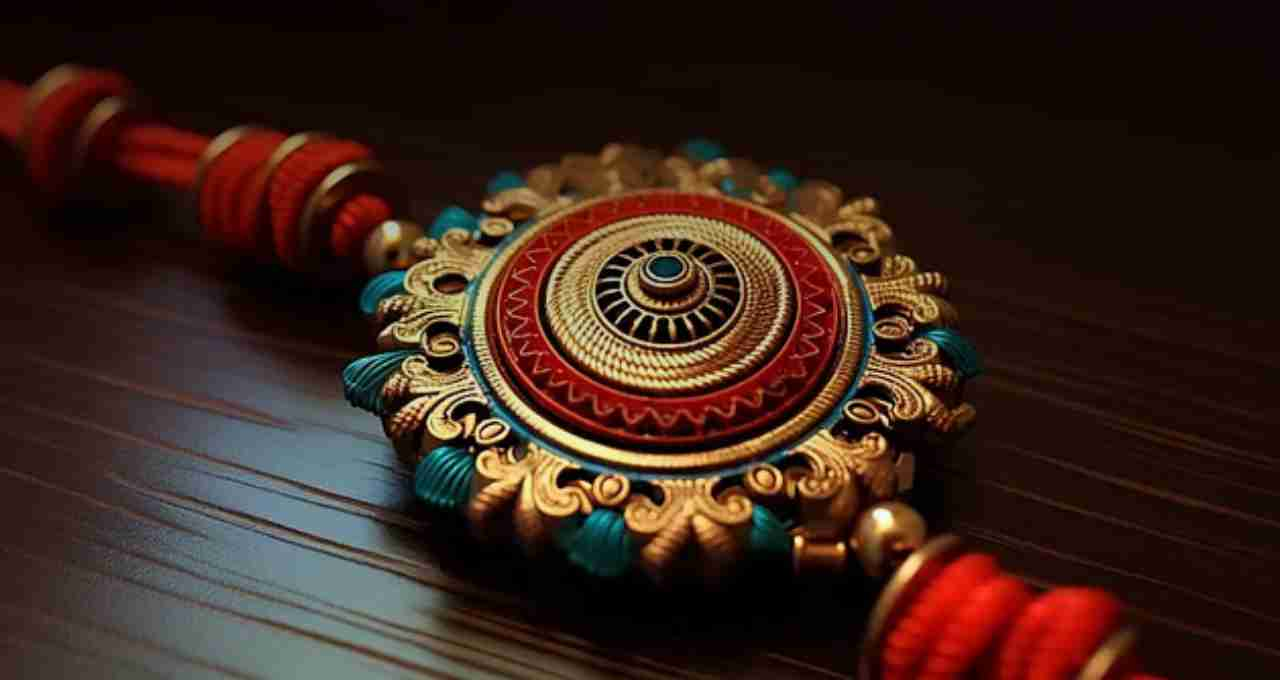
Major Rakhi Muhurat
- From 5:35 AM to 1:24 PM
(A detailed period of auspiciousness spanning 7 hours and 49 minutes)
Special Abhijit Muhurat
- From 12:00 PM to 12:53 PM
(Abhijit Kaal is considered an extremely auspicious time that grants success in all endeavors)
If for any reason, sisters are unable to tie Rakhi in the morning, the Abhijit Muhurat from 12:00 PM to 12:53 PM will be the best option.
Traditional Puja Rituals
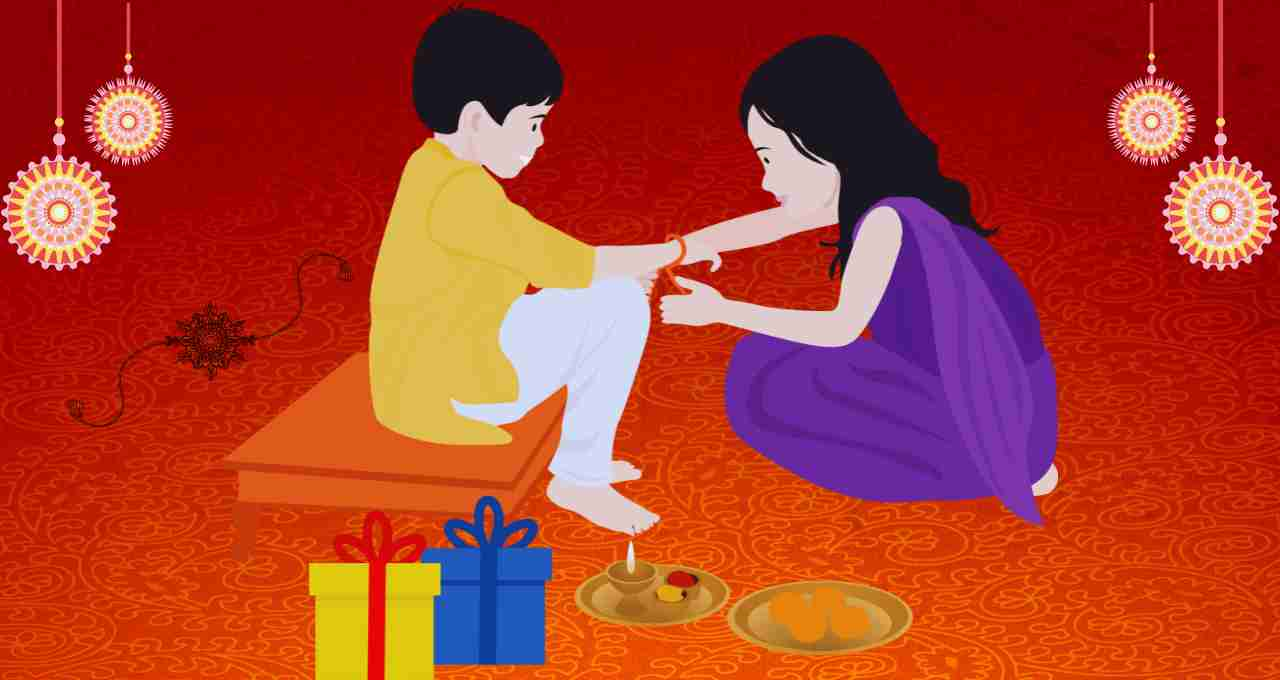
- Bathing and Sankalp (Resolution) – Bathe before sunrise and wear clean clothes. Sisters should arrange the Rakhi made of Mauli or silk thread, Akshat (unbroken rice), Roli, a lamp, sweets, and a coconut on the puja thali.
- Household Deity Worship – Invoke Lord Ganesha and the family deity and apply turmeric-roli on the Rakhi, while reciting mantras.
- Tying Rakhi – Have the brother sit facing east or north. Perform the five steps – Tilak (vermillion mark), Akshat, tying Rakhi on the right hand, Aarti (offering of light), and sweets – one after the other.
- Blessings and Gift Giving – The brother should pledge to protect his sister and give a gift according to his means. Sisters should bless younger brothers.
After tying Rakhi, break the fast by consuming water and food; some families only eat after seeing the moon.
Scriptural View on Removing Rakhi
The scriptures permit removing the Rakhi after 24 hours; however, according to tradition, many brothers wear it for a longer duration, as per their devotion. According to another view, the Rakhi can be immersed in a tree or flowing water on the occasion of Janmashtami or the beginning of Pitru-Paksha (period dedicated to ancestors).
Modern Context and Social Message
Today, Rakhi is not limited to blood relations; it is also tied as a symbol of friendship, to soldiers, for environmental protection, and social harmony. In schools, students tie Rakhis to trees, pledging to protect the environment. This festival between brother and sister conveys the message of social brotherhood, gender equality, and co-existence.
Raksha Bandhan, celebrated on August 9, 2025, will be an auspicious day of the rising full moon, free from Bhadra Dosh. The vast auspicious time from 5:35 AM to 1:24 PM, and the Abhijit Kaal from 12:00 to 12:53 PM, make it even more auspicious. Ancient stories, religious traditions, and modern social initiatives—all come together to make it a unique celebration of the love between a brother and sister.
